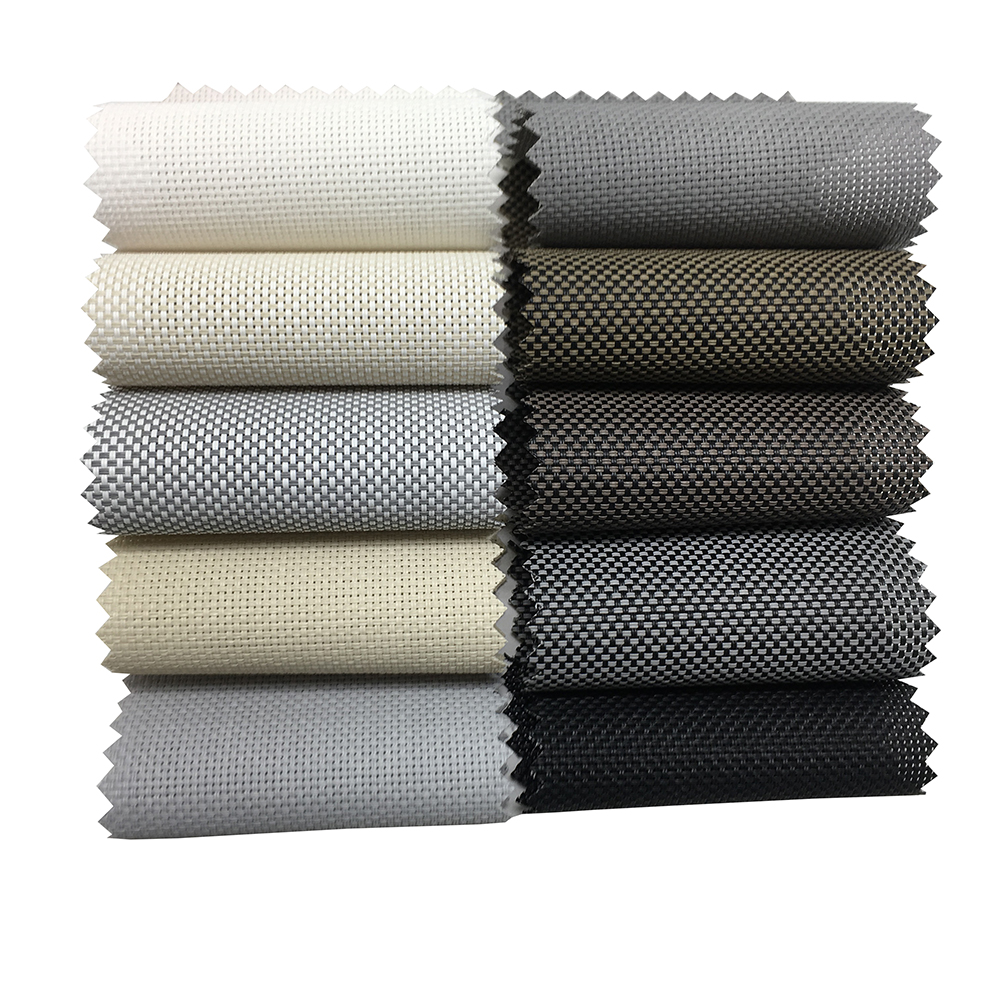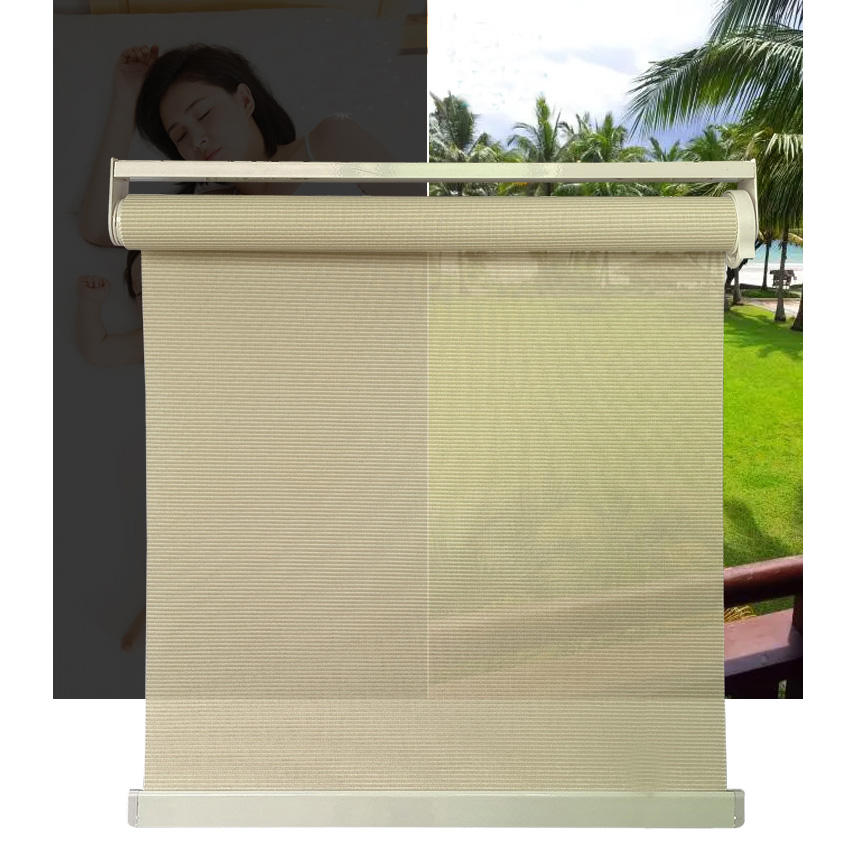Sunscreen blinds are an essential element in modern architecture and interior design, serving multiple functions related to light and heat management.
The fundamental component of sunscreen blinds is the fabric or material from which they are made. These materials are carefully selected for their unique properties. They are often designed to be highly reflective, which means they can bounce a large portion of the sun's rays back into the atmosphere. For instance, many sunscreen blinds use a special coating or a type of synthetic fabric that has a high albedo (the measure of reflectivity). When sunlight hits the surface of the blind, instead of being absorbed and converting into heat, a significant amount of it is reflected away.
The mechanism of operation involves two main aspects: the position and the angle of the blinds. When the sunscreen blinds are fully lowered and closed, they create a physical barrier between the interior of a building and the outside environment. This complete closure is highly effective in blocking out sunlight during the hottest parts of the day or when maximum privacy is required.


However, the blinds also offer flexibility through their adjustable slats. The slats can be tilted at various angles. By adjusting the angle of the slats, one can precisely control the amount of sunlight that penetrates into the room. For example, if you want to enjoy a soft, diffused light while still reducing heat gain, you can set the slats at a shallow angle. This allows some light to enter while reflecting a considerable amount of the sun's heat.
In more advanced models, sunscreen blinds can be automated. They are integrated with sensors and motors. These sensors can detect the intensity of sunlight and the temperature outside. Based on this data, the blinds can automatically adjust their position and angle. For example, on a very sunny and hot day, the blinds will close or adjust their slats to minimize heat transfer into the building. This automation not only enhances the comfort of the indoor environment but also contributes to energy savings by reducing the need for artificial cooling.
In conclusion, sunscreen blinds operate through a combination of reflective materials, adjustable slats, and in some cases, smart automation to effectively manage sunlight and heat, providing both comfort and energy - efficiency in buildings.
Contact Person: Monica Wei
WhatsApp/WeChat: +86 15282700380
E-mail:monica@groupeve.com
Post time: Oct-25-2024







